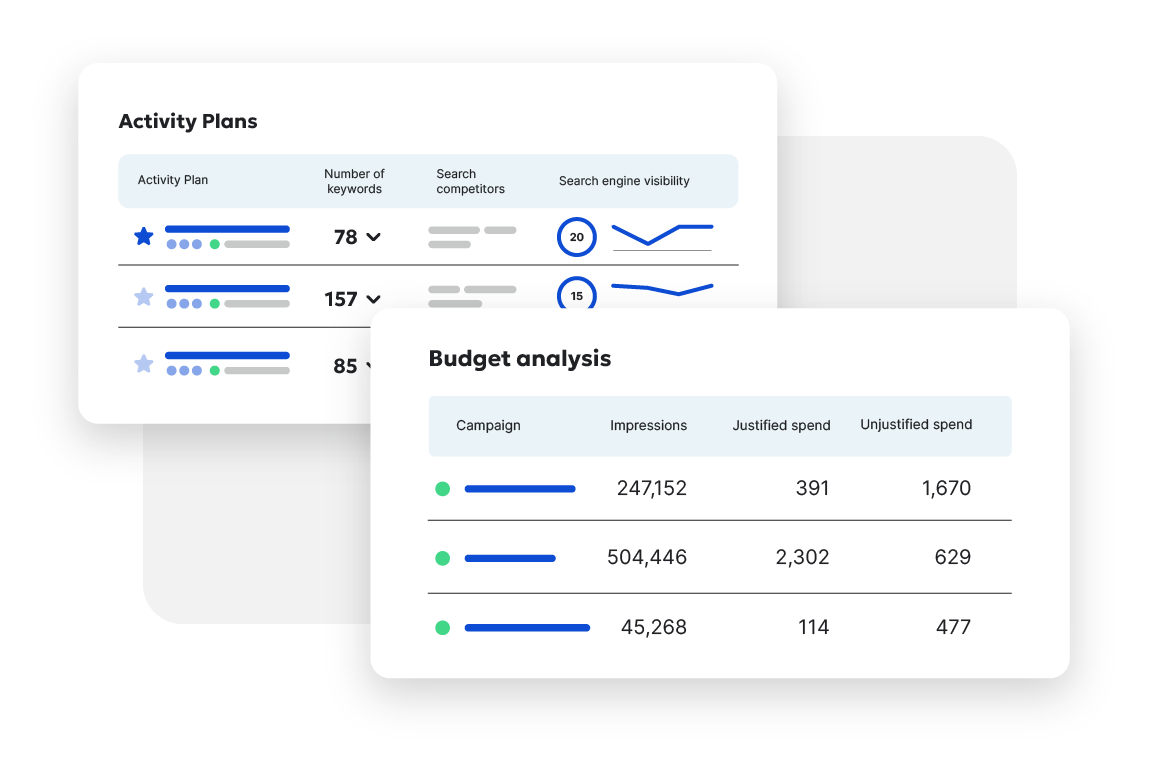Ever since Google announced it started to use mobile speed as a ranking factor, website performance is at the very top of most technical SEO checklists. As it is Google’s policy not to announce or confirm changes to their algorithm, this public announcement has been given a lot of weight by SEOs around the world, but for the wrong reasons: mobile speed does not have much impact on SEO, but user experience does.
Background: Google’s shift to mobile indexing
In 2010, Google announced web page speed as a new signal in their search ranking algorithms. However, this only applied to desktop websites and would “weigh” as much as the relevance of a page in rankings. Faster loading websites now became important to Google, but not at the expense of relevance.
Then, in April 2015, mobile friendliness became another ranking factor by Google. This factor looks at the usability of a website on a smartphone. The algorithm update affected mobile search requests in all languages worldwide.
While fast, mobile-optimised sites have always been recommended by Google, it was not until July 2018 that Google introduced mobile speed as a ranking factor for mobile search results. Previously, page speed was only a ranking factor in desktop searches.
More recently, in July 2019, Google turned to mobile-first indexing for websites. This meant that Google predominantly indexed mobile versions of websites to measure the relevance of a page to a user's search. Earlier, Google primarily used desktop versions of websites for indexing and ranking. Google’s argument for this change was prompted by the fact that most users were now accessing websites from a mobile device.
Relevance, not just speed, is still key
Looking at these changes, it is understandable that website performance has been given so much attention by SEO experts. Although Google publicly announced these changes as being new ranking factors, they also said relevancy is still key. So even if a slow loading page contained more relevant content, it could still outrank faster loading pages.
So, should we stop paying attention to making faster websites?
The answer is no, you should still invest in making your website faster. Just don’t expect massive changes in your rankings by simply improving your website performance.
The reason you should improve your website speed has more to do with user experience and its impact on conversions.
In February 2017, Google published an eye-opening article in which it summed up the results of a research they ran across mobile page speeds and a large set of bounce and conversions data. Google found that as page load time goes from up to 10 seconds, the likelihood a user bounces increases 123%.
Introducing RankBrain
This is where RankBrain comes into play. RankBrain is a Google algorithm update announced in 2015 which focuses on user experience metrics, such as bounce rate, click-through rate from search engine result pages, time on page, pages per session, etc. It basically tells Google if your website is user-friendly based on how a user goes from one page to another effortlessly, clicks on your links, spends time on your pages, and if users return or not.
Through RankBrain your SEO, especially your website performance efforts, should go hand in hand with user experience best practices. These two aspects need to be integrated from the very beginning. But how do you do this?
Incorporating SEO & UX for better website performance
Improve Mobile Page Load Time
Page load time has a huge impact on bounce rate, so making your site faster will help your user experience. Now, there several ways to improve your website speed, the most important ones being:
- Select hosting with a great speed score and low downtime
- Compress and crop high-quality images
- Leveraging browser caching
- Avoid multimedia formats, like video, that use auto-play
- Invest in a content delivery network (CDN)
- Using lazy loading
Responsive web design
With the introduction of Google’s mobile friendliness ranking factors, their recommendation is to use a responsive website for your mobile pages. Other things to keep in mind are:
- Make sure your fonts are large enough, so your content is easier to read on small devices
- Eliminate annoying popups users must deal with before being able to read your content
- Cut back unnecessary fields from your web forms
- Make sure your buttons and links are easy to tap
Website architecture
Website architecture refers to how pages on your site are organized. Good website architecture delivers a great user experience, because it influences how users navigate the menu to find the right pages. Uses simple website navigation, informative labels and ensure that your most important pages are not more than 2-3 clicks away from the homepage.
From an SEO point of view, good website architecture means Google’s crawler can easily find its way through your website and index your pages, maximising the bandwidth it has allocated to your website.
Follow SEO best practices
Make sure to follow SEO best practices as black hat SEO can negatively influence your user experience.
- Avoid intrusive popups that affect the mobile user experience
- Create long form content (1000+ words) which informs and engages your audience, matches user intent and answers their questions
- Add internal links to pass link juice from one page to another and encourage readers to explore more pages of your site
- Make your content is easy to scroll through on a mobile device, with clearly structured headings and paragraphs, which breaks text down into smaller parts
- Optimise your meta tags, including page titles, meta descriptions and image alt tags to make them highly informative
How Siteimprove can help
Incorporating SEO and UX best practices into your website might seem like a daunting task at first, but with Siteimprove’s all-in-one software, best practices will be baked into the suggestions we give you and your team.
Our Performance tool helps you measure your mobile website speed from various locations in the world on an ongoing basis and provides you with clear recommendations on how to improve your speed to benefit your SEO and user experience.
While our SEO tool optimises your content to match your audience search intent and structure your web pages by helping create better page titles and meta descriptions, as well as optimising the anchor text of your internal links.

Ready to improve your Search Engine Optimization?
Siteimprove SEO is an all-in-one Enterprise SEO tool that can help you achieve your digital potential.
Schedule a demo
Siteimprove Editorial Team
The Siteimprove Editorial Team is a collective of digital experts, content strategists, and subject matter specialists dedicated to delivering insightful and actionable content. Driven by Siteimprove's mission to make the web a better place for all, we combine deep knowledge in digital accessibility, content quality, SEO, and analytics to provide our readers with the latest best practices and industry insights.
